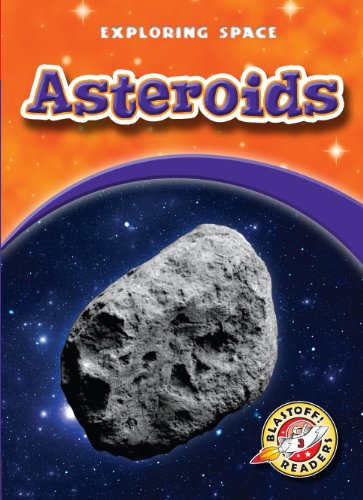-
South America
Emily Rose Oachs
Library Binding (Bellwether Media, Jan. 1, 2016)Adventurous travelers will have a blast visiting South America. Crocodiles swim along the Amazon River, and baby sea turtles waddle toward sea for their first swim near the Galapagos Islands! Pineapples, mangoes, rich coffee beans, and unique spices are just a few of the delectable treats students can learn about in this colorful title on South America. M
M
-
Sidewinders
Colleen Sexton
Library Binding (Bellwether Media, Aug. 8, 2010)Sidewinders leave J-shaped tracks when they slither through the deserts of the Southwestern United States and Northwestern Mexico. Students will learn why sidewinders leave such tracks, what sidewinders eat, and how these poisonous snakes stay safe in the wide-open desert. O
O
-
The Life Cycle of a Dog
Colleen Sexton
Library Binding (Bellwether Media, Jan. 1, 2010)Dogs begin their life cycle as puppies in a litter. A newborn puppy sleeps for 20 hours a day as it grows! Children will watch a puppy move from a large litter to a loving home as it grows up. L
L
-
Sea Lions
Heather Adamson
Library Binding (Bellwether Media, Aug. 1, 2017)Curious how sea lions got their name? Well, male sea lions are responsible. Most have a lion-like mane, and they roar loudly to protect females. Young readers will learn all about the wild relatives of the trick-performing sea lions they enjoy watching at the zoo. L
L
-
Australia
Emily Rose Oachs
Library Binding (Bellwether Media, Jan. 1, 2016)A country and a continent, Australia is home to bizarre wildlife such as platypuses, emus, and wombats. Australia also boasts the Great Barrier Reef that stretches more than 1,400 miles across its northeastern coast! Hop down under in this low-level title to learn more about a truly unique continent. L
L
-
Cottonmouths
Colleen Sexton
Library Binding (Bellwether Media, Aug. 8, 2010)Cottonmouths are named after the white color inside of their mouths. They open their mouths wide to threaten predators that get too close! Readers will discover where cottonmouths live, what they eat, and why they can be very dangerous! L
L
-
Jupiter
Derek Zobel
Library Binding (Bellwether Media, Jan. 1, 2010)Jupiter is the largest planet in the solar system. It is known for its giant spinning storm called the Great Red Spot. Young students will learn all about Jupiter's discovery, storms, moons, and how this giant planet has been explored. M
M
-
Neptune
Derek Zobel
Library Binding (Bellwether Media, Jan. 1, 2010)Neptune is the farthest planet from the sun. It takes 165 Earth years to complete a single orbit! Young students will learn about the discovery of Neptune, its moons, and the information gathered by Voyager II, the only space probe to pass by this distant planet. K
K
-
Winter
Ann Herriges
Library Binding (Bellwether Media, Aug. 1, 2006)Winter brings ice, snow, and cold temperatures. Some animals hibernate while others change their habits to survive the cold months. Readers will learn about how people, animals, and plants deal with the cold, chilly weather of winter! I
I
-
Asteroids
Derek Zobel
Library Binding (Bellwether Media, Jan. 1, 2010)There are millions of asteroids in the solar system. They range in size from less than 1 mile to 584 miles across! Students will discover how asteroids form, where they are located in the solar system, and how they are being explored. T
T

